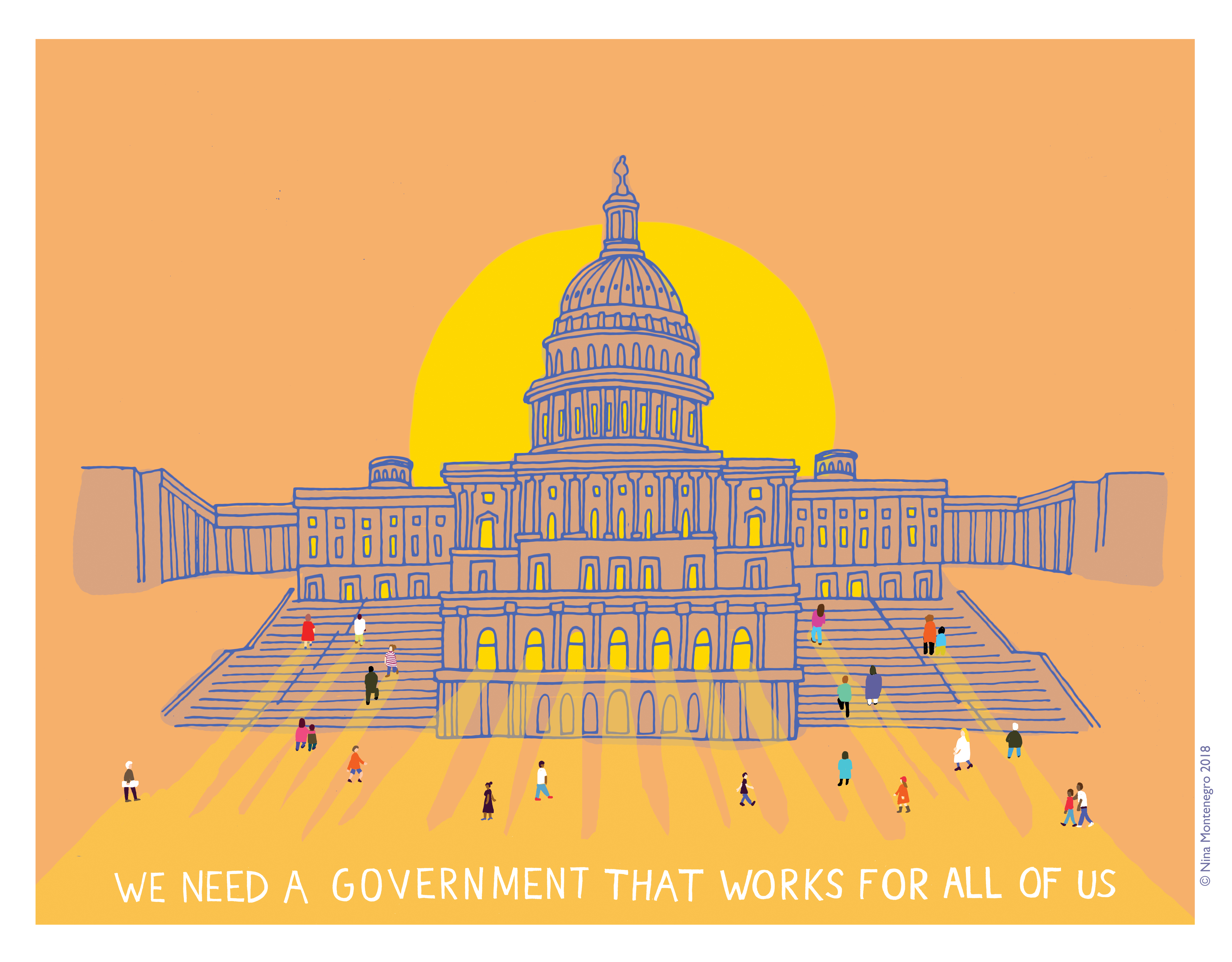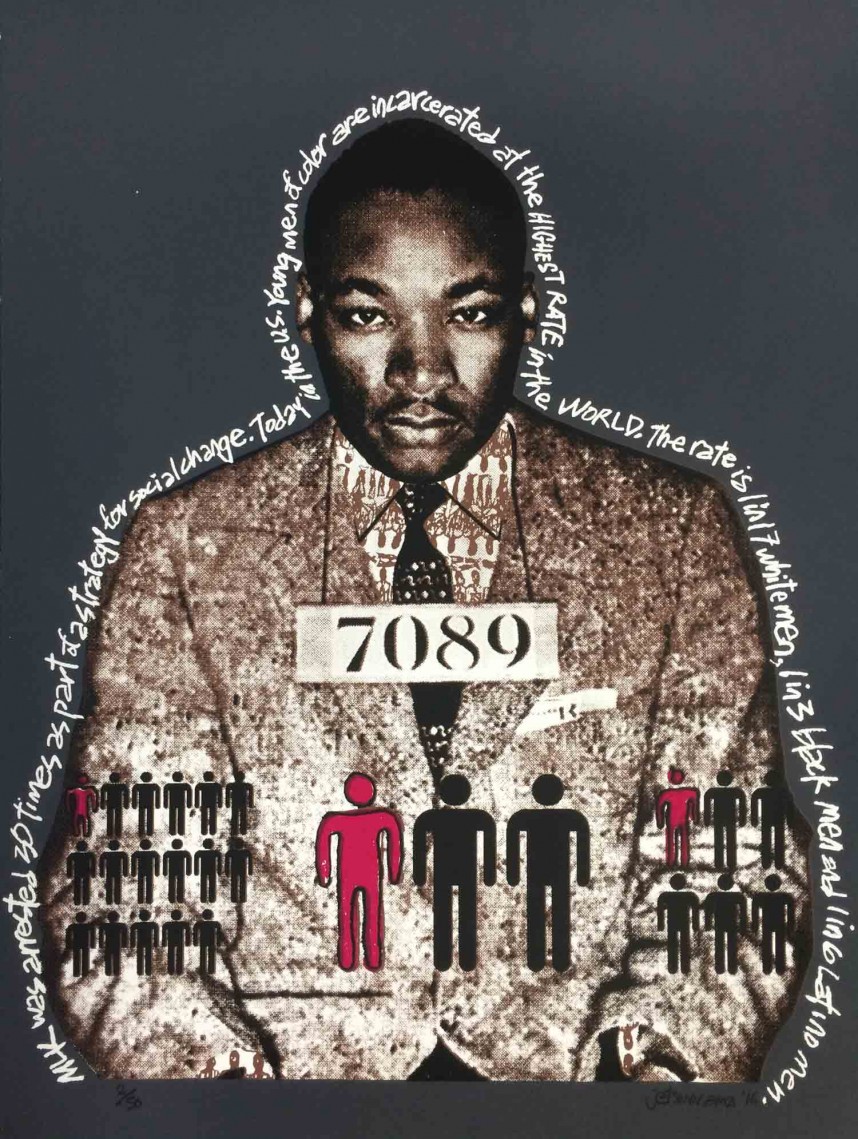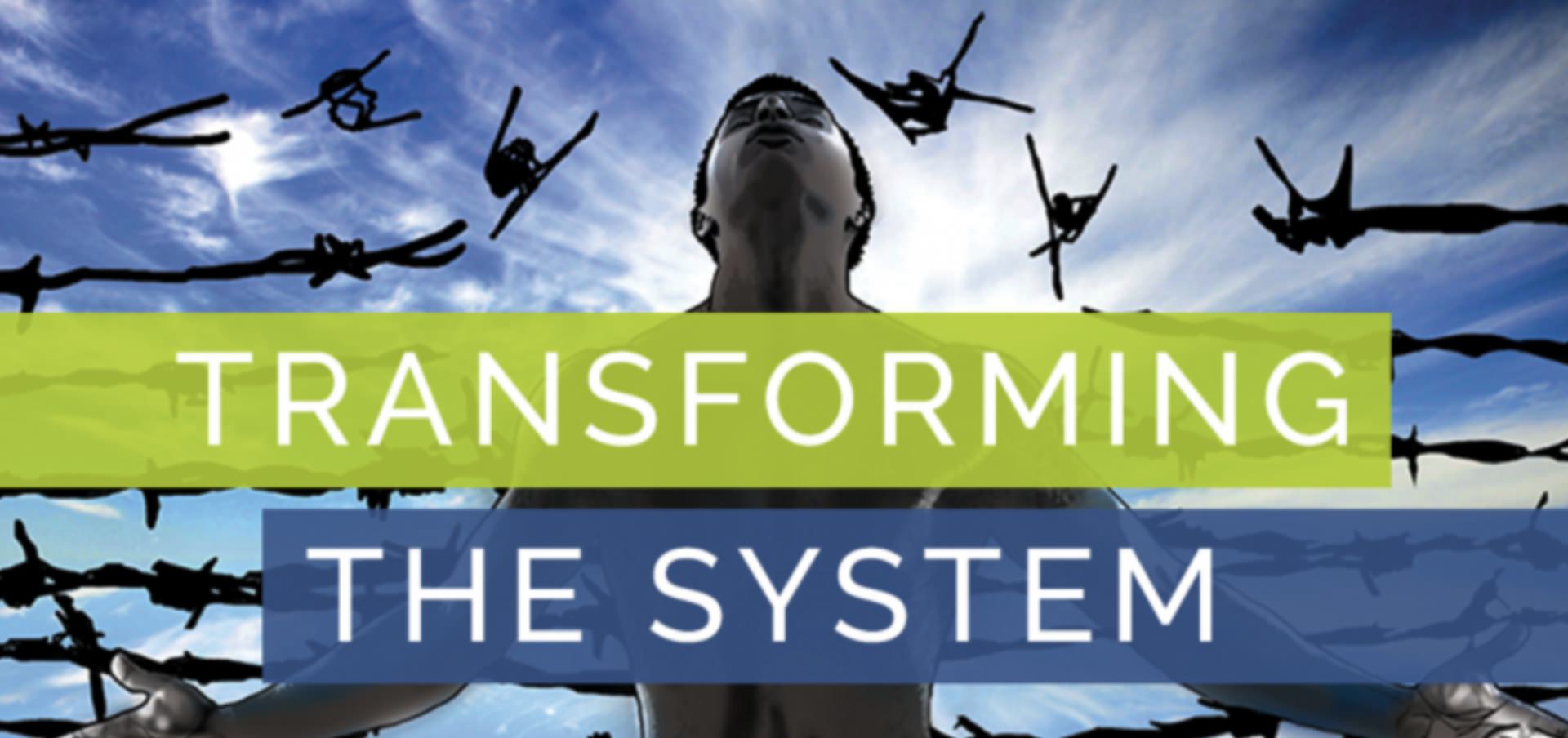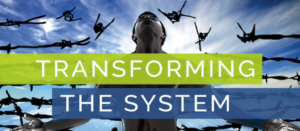Headlines about the U.S.-Mexico border continue to fill our news feeds and screens as the government shutdown provides an inexcusable vehicle for the president’s obsession with building a wall. Accompanying – and sometimes undergirding — these headlines are distortions of the truth, misleading information, and outright lies. Worse yet are the heartbreaking and troubling stories about their impacts, including the administration turning its back on refugees, imprisoning and separating families, and tear gassing asylum seekers, along with – most importantly – the tragic deaths of two children while in government custody.
These are among the reminders of why our values must not be compromised when addressing current actions, and why this moment provides us with even more opportunities to uplift our values as effectively as possible.
Below are five tips on how to discuss the border region and the broader immigration, refugee, and border policies amidst the government shutdown and other current events.
1. Balance short-term and long-term thinking. Before engaging specific topics, such as the government shutdown, the rejection of refugees, or the tragedies that have occurred, take a moment to consider the long-term strategy. Sometimes this step is skipped in the heat of the moment. Yet, it’s very important to keep the long game in mind while communicating in the moment.
- Consider the larger story we want to tell. While themes like national security and chaos dominate the headlines, providing another side of the story can help to balance audiences’ understanding of the region and its needs, and how the administration’s policies affect everyday life. Include references to the people, communities, economy, and traditions of the border region – even if they are short and in passing. It’s not necessary to tell a complete story, but setting a tone for what the border region actually looks and feels like, and what its residents aspire toward, can help strike balance with the theme of chaos that dominates many stories.
- Determine which solutions you want to highlight. It’s not enough to repudiate false or exaggerated claims about the national crisis, terrorism or smuggling. We have to talk about what really makes communities safe: properly-trained law enforcement that works with communities, zero tolerance for racial profiling, bigger picture thinking about our place in the world and our responsibilities to it. These arguments are audience-specific and we need to consider how we hope to motivate each target audience.
2. Consider your audience. Once you’ve considered the larger story, and the solutions you want to highlight, consider how your target audiences are hearing current conversations.
- If you are hoping to energize progressive audiences, for instance, a focus on the president’s harmful obsession with the region—particularly a wasteful wall—may be a good place to start. We already know that for the most part, people are not supportive of a wall.
- For less receptive audiences, a focus on pragmatism helps. What does the region really need? How do we come up with a solution that protects the commerce of the region, the rights of those who live there and those passing through, and work to make sure that all of our communities can enjoy the safety that border communities already have? For these audiences, arguing about national security is less likely to be effective because doing so just evokes ideas about the military, law enforcement, and the expensive tools they use.
3. Link the shutdown to the president, not the border. If you’re addressing the shutdown specifically, try to move discussion away from the border as much as possible.
- Frame the shutdown as an inexcusable move of a president who doesn’t understand how negotiation works and who is obsessed with over-simplified solutions that few experts agree will address the problems at hand. These tactics are currently focused on an unnecessary and immoral wall, but have been and will again be redeployed toward other pet projects he’s promised his base.
- It’s better to redirect the frustration, anger, and uncertainty many audiences are feeling about these issues back at the president rather than further associate those feelings with the border region.
4. Always humanize the discussion. When talking about border region policies, stress the impact those policies have on the people living there. Do the same thing when talking about the shutdown.
- When talking about refugee and immigration policies, show the impact – including the harms and even death caused by detention. Center on the values of compassion, dignity, respect, and that how we treat others reflects on our own identity as a country.
- When focusing on the human impact, it’s crucial to be clear that these are system-level problems that require policy-level solutions. We need to ensure that audiences understand that their feelings of horror and sadness about one story or circumstance are not enough. They have a responsibility to translate those feelings into policy change.
5. Stress that border region communities need to have a say in decisions that affect them. Border communities’ voices have been drowned out or ignored in political debates around immigration.
- Underscore that any policy must be responsive to the expressed needs of border residents. Too often, their voices are drowned out by political discourse and their needs sacrificed for impractical and harmful solutions to exaggerated problems.
- It’s also important that we lift up the voices of our partners and impacted people in the region and listen to the solutions they are calling for. Some attempts to appeal to swing and conservative voters will start by acknowledging the need for border security. However, doing so suggests that the border region needs more security, which it does not. As our friends at the Southern Border Communities Coalition point out:
The longstanding national dialogue about “the border” has centered almost exclusively on notions of “security” and “enforcement” that should be addressed through increased militarization and a wall. Under this narrative, people outside of the region can only imagine a barren, dangerous, and chaotic wasteland — a patently false narrative that some policymakers and pundits exploit for political gain and to advance policies that are detrimental to the civil rights and quality of life for the millions of people who live, work and travel through the borderlands.[1]
Messaging Examples
On the border region:
The U.S. Southern border region is one of the most diverse, economically vibrant, and safest areas of the country, home to about 15 million people who aspire to enjoy life in a safe and prosperous environment. The Southern Border is a key engine of economic growth; an international trade hub that creates jobs and generates.
For more than a decade […] the U.S. government has failed to invest in border communities’ prosperity, opting instead to expand military-style, discriminatory policing of communities in the government’s 100-mile zone and deepen private prison corporations’ reach into taxpayer pockets through costly criminalization and incarceration of migrants—many who find themselves left with few options to return home to the U.S. citizen children and family they love.
On the shutdown:
In 2013 during the government shutdown, we lost $1 million in federal revenue that we never recovered. We also lost medical providers because they didn’t realize their employment was predicated or dependent upon federal dollars.
So far, Democratic leaders Chuck Schumer and Nancy Pelosi have stood strong against Trump’s bullying tactics and we urge them, as well as other members of Congress, to continue to listen to the voices of borderlanders and resist Trump’s destructive wall. The southern border is a place of hope and opportunity, not fear and conflict. It is one of the safest regions in the country, rich with culture, commerce and growth. We stand ready to work with legislators to ensure that border communities are not jeopardized by any further militarization of the region.
This government shutdown is due solely to Trump’s border wall obsession and his refusal to abandon his anti-immigrant agenda, even at the cost of denying hundreds of thousands of federal workers their holiday paychecks and impacting operations at several federal agencies. As negotiations continue, Congress should hold their ground against the border wall, stand up for border and immigrant communities across the country, and continue to reject Trump’s extortionist demands in any future funding negotiations.







